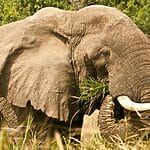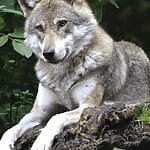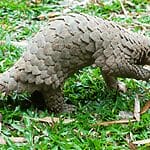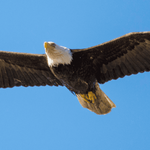Wildlife trafficking is one of the biggest threats facing the animal kingdom, and one that has only increased in recent decades.
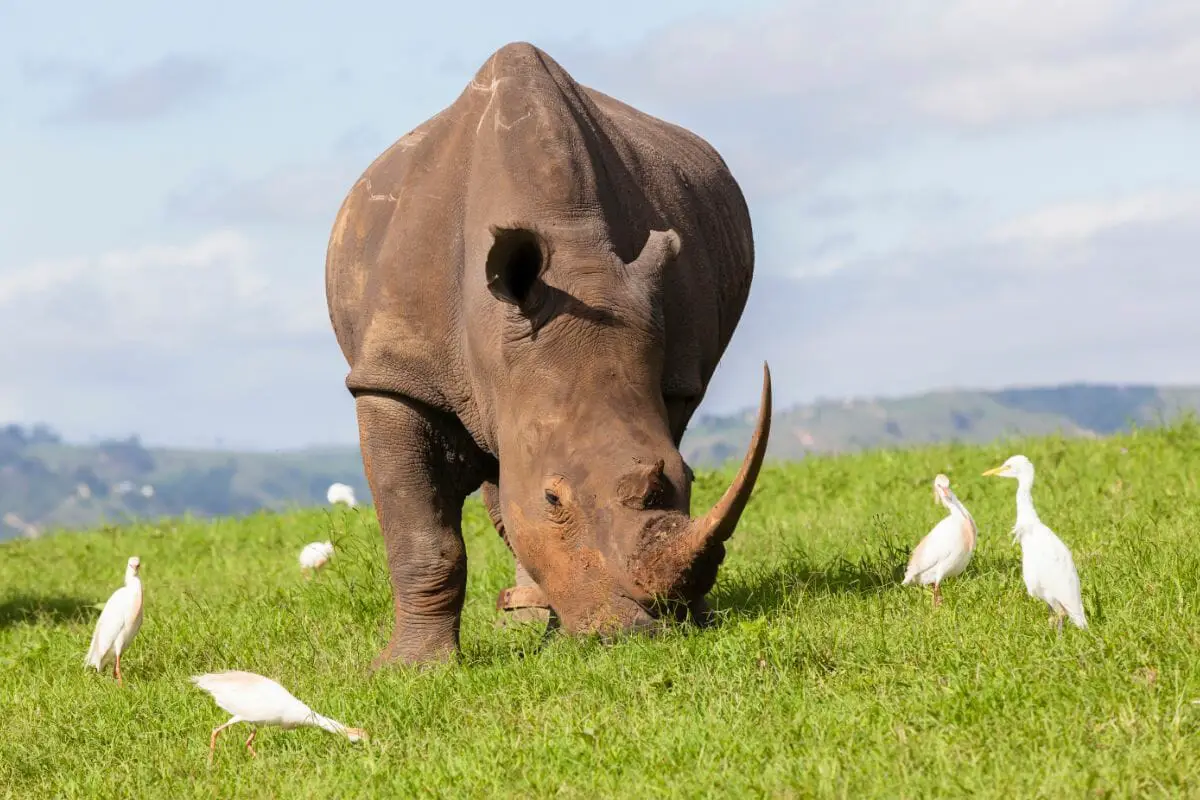
Despite efforts from governments and conservation groups, the demand for ‘exotic’ animals remains rife on the black market – creating a demand that poachers are only too happy to meet.
But what exactly are the present statistics surrounding animal trafficking, and what do these figures show?
Why Is Poaching & Trafficking So Prominent?
In the modern world, there are many reasons why poaching and illegal animal trafficking still occurs on a near daily basis – all of which can be attributed to the financial gain that is available on the market.
Exotic Pets
One reason why trafficking remains so prominent is the demand for exotic pets on the black market.
This sees endangered and other wild animals stolen from their habitats and delivered to rich and wealthy clients all around the world.
Unfortunately, the influence of such wealthy clients, as well as the mysterious and shadowy nature of the dark web and the black market, makes this process extremely difficult to stop – especially those with limited resources.
For Food
There are also numerous species of animals – both endangered and not – that are considered delicacies in certain parts of the world.
This is a complicated issue, and in cases where the hunting is cultural, conservationist bodies often find themselves coming up against things they do not have the power to stop.
For Medicines
Several products from animals are also used in the alternative medicine scene, with things such as powdered rhinoceros horn and pangolin scales (amongst other things) being used as herbal remedies all across the world.
These medicines are proven to be ineffective, and the methods of getting them are known to be cruel and unnecessary, but the associated cultural importance that these items have for certain communities around the world has meant that there is a constant market for them – meaning poachers can continue to make a substantial living, despite efforts to stop them.
For Ivory
Another reason animals are trafficked is for their ivory – as well as other substances that can be taken from them for profit.
This has become less common in recent years, namely as a result of over-hunting from poachers, and efforts taken by conservationists to limit the availability of said products.
One such method has been to breed elephants without tusks – meaning that poachers have no cause to hunt, kill, or traffic them. This remains though a sad fact – wherein a noble creature has to be genetically altered to stop people killing them.
What Do The Statistics Show?
When you look at the statistics provided by conservation organizations, they show a pattern that has emerged in recent years.
The Decrease Of Poaching
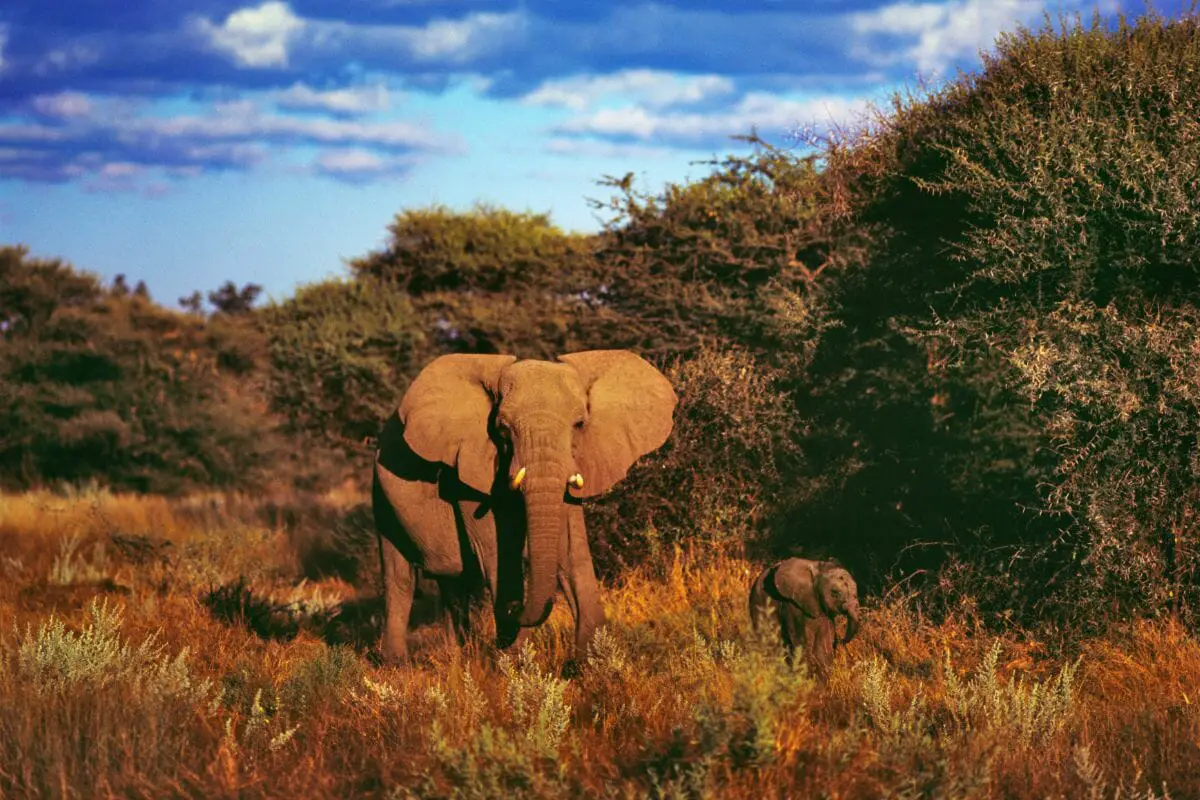
Whether it is as a result of concentrated efforts from organizations, or a change in the global market, poaching has decreased in North Africa in recent years – marking an end to the worrying numbers we were only observing a few short years ago.
As mentioned, this could be a result of changes to the global market – i.e. the clamping down on the ivory trade – or it could be a result of something even more depressing – that such ivory-bearing creatures have been hunted to such an extent that they are no longer a viable source of regular income for poachers.
There is also the above mentioned fact that conservationists have been specifically breeding elephants so that they do not tusks – making them no longer a target for this trade.
The Increase In Trafficking
However, it does appear that, across the world, there has been an increase in the trafficking of wildlife(see also: How Organizations Are Combating Wildlife Trafficking). The precise reasons for this are not currently known, but there are several possibilities.
Firstly, it could also mark a change in the market, and perhaps a shift in the focus of traffickers following the slight decline of ivory and other poaching ventures.
This is unfortunate if true, and shows the difficulties that conservationists continually struggle against in their fight to protect animals.
Secondly, the trafficking industry opens up many more options for traffickers, meaning it is potentially easier for them to make money – both in the short and long term.
Why Has Trafficking Increased?
There are many other reasons for the increase in animal trafficking.
Market Diversity
As mentioned above, trafficking offers a more diverse market, with numerous outlets and potential sources of sale for poachers and traffickers to accommodate.
This could be delivering different animals for different reasons, or it could indeed be for food, medicines, and other byproducts that specific species of animals can offer.
Undocumented Species
There are also numerous species that are not currently registered as endangered – something that is merely a result of a lack of awareness, knowledge, or sufficient research.
This allows windows for traffickers to do their business and get away mostly undetected.
Misplaced Enforcement
Research shows that most enforcement of illegal substances happens at the borders to countries, rather than within them. This means that the domestic illegal markets can thrive, while governmental attention is focused on border patrols.
Illegal Meets Legal
It has also been shown that numerous wildlife ‘sanctuaries’ around the world participate in the illegal trade of animals – both in terms of supplying and receiving. This muddies the lines, and makes it more difficult for organizations to track and locate traffickers.
Incredibly Profitable
Trafficking also offers much more money than poaching, and it is estimated that the illegal animal trafficking industry earns around $26 billion dollars annually – making it an attractive venture.
Wider Business Links
It has also been proven that wildlife trafficking (see also: Why Wildlife Trafficking Is More Harmful Than You Think)is used to fund other illegal activities – something that ensures the continuation and protection of traffickers.
One such example is armed terrorism – which animal trafficking is thought to finance and facilitate all around the world. While specific groups and organizations are not freely known, this represents worrying potential problems.
How Can We Limit Trafficking?
Luckily, there are some options open to conservationists.
Banning Ownership
There needs to be stricter legislation to ban the ownership of illegal animals. Killing the demand will stop the supply.
Stricter Domestic Laws
There also needs to be stricter monitoring of domestic trade routes – stopping this internal illegal trading where much of the trafficking can currently happen unchecked.
Incorporate Forensic Science
There also needs to be better science used to tackle these crimes. This could include forensic science, wherein markers could be placed on protected species – then placed into a database, thus making animals riskier to own, and criminals easier to catch.
Final Thoughts
And there we have it, everything you need to know about wildlife trafficking, (see also: Can You Help To Stop Wildlife Trafficking? Yes You Can, And Here’s How)and the shocking statistics behind one of the world’s greatest ongoing tragedies.
It’s true that animal trafficking still poses a substantial threat to the wellbeing of endangered animals all around the world.
However, thanks to ongoing development and ingenuity, wildlife conservationists are fighting tirelessly to turn the tables on poachers and ensure that we can enjoy these species in the wild for many more years to come.

